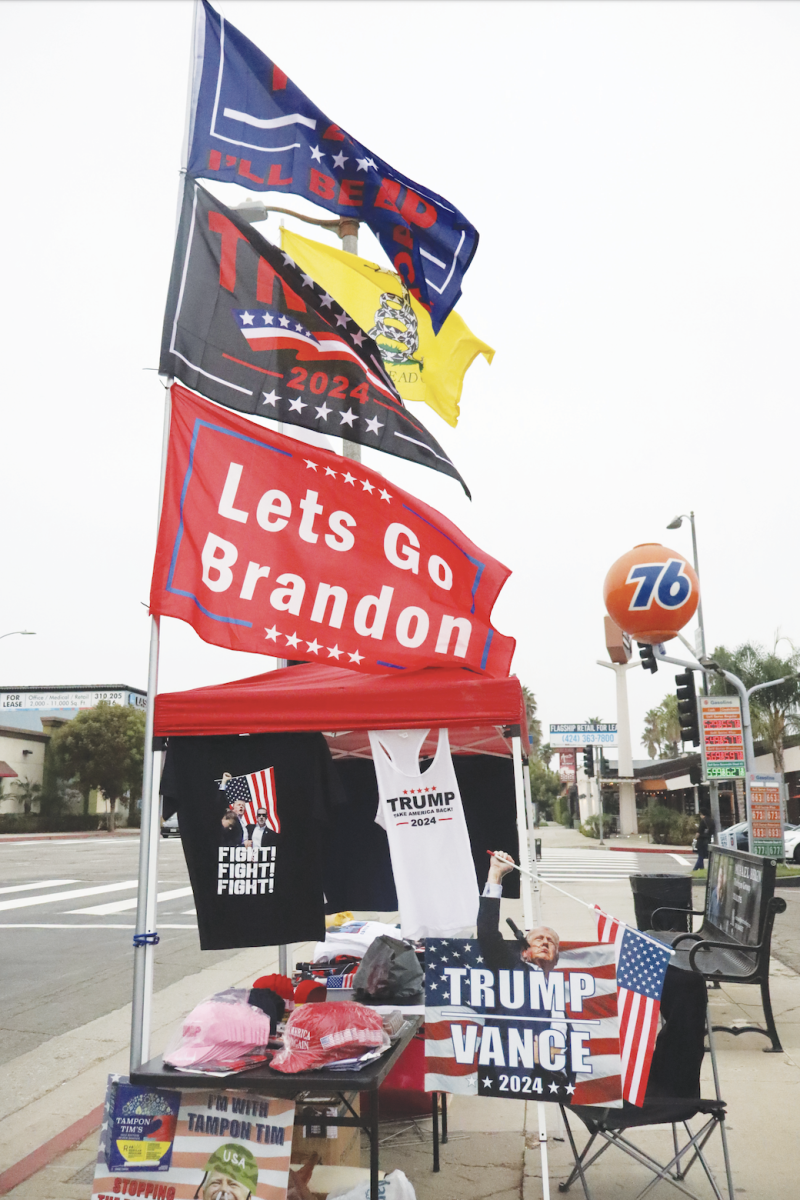Nearly 50 years after the Supreme Court ruled in favor of a group of students’ method of free expression and a broader interpretation of the First Amendment in Tinker v. Des Moines Independent Community School District, California lawmakers agreed to implement media literacy education to support students’ free speech against the growing threats of misinformation and “fake news.”
The law, which former Governor Jerry Brown signed in September and went into effect Jan. 1, will require the California state Department of Education to compile media literacy resources, instructional materials and professional development programs to help equip teachers to empower their students with the tools necessary to evaluate fake and misleading news that they see in the media.
Mary Beth Tinker, the plaintiff in the Supreme Court case who was suspended from school for wearing a armband protesting the Vietnam War, said she supports California’s decision to implement a media literacy program in schools.
“In a democracy, we have to all be involved in the decisions that are being made, and young people have every right to be involved as well and need to be involved,” Tinker said. “When they’re not involved, it hurts everyone. [Students] have great ideas, creativity, a sense of fairness [and] energy, so it’s really important for young people to be involved in the issues of the day that are that are going on. So as far as the news and media literacy [policies], we have to have the truth to base our strategies on, to base our planning for the future, to base our beliefs on what we think is important.”
California State Senator Bill Dodd, a Democrat representing the Napa Valley, originally wrote the proposal to implement a media literacy curriculum in classrooms after reading a Stanford University study in 2016. The study indicated that 80 percent of middle school students didn’t recognize an ad that was masquerading as a news story, according to Voice of America. The study also found that high school students had trouble telling the difference between the Fox News Facebook site and a fake account mimicking the conservative news outlet.
Mike Hiestand, the Senior Legal Counsel for the Student Press Law Center, said that combating the spread of false information is integral to supporting free speech.
“A big part of a student journalist’s job is to present accurate information to their readers, and if you don’t have the tools that allow you to evaluate the credibility of a particular source before you pass it on, then you’re kind of part of the problem,” Hiestand said.
After more extensive media literacy-related measures failed to pass, the bipartisan authors of Senate Bill 830 had to drop language regarding the development of a model curriculum, according to the Lompoc Record, a local California news source. The bill indicates that the state’s Department of Education website must list instructional materials and resources on analyzing and evaluating media, including professional development programs for teachers, by July 1.
Students said they support the state’s decision based on their own experiences.
“There has been a lot of delegitimization of the mainstream media,” Angela Tan ’19 said. “and many people now get their news from social media and small sources that are harder to hold accountable for spreading false information. Now, it’s especially important that the reader be better able to determine what to believe.”



































